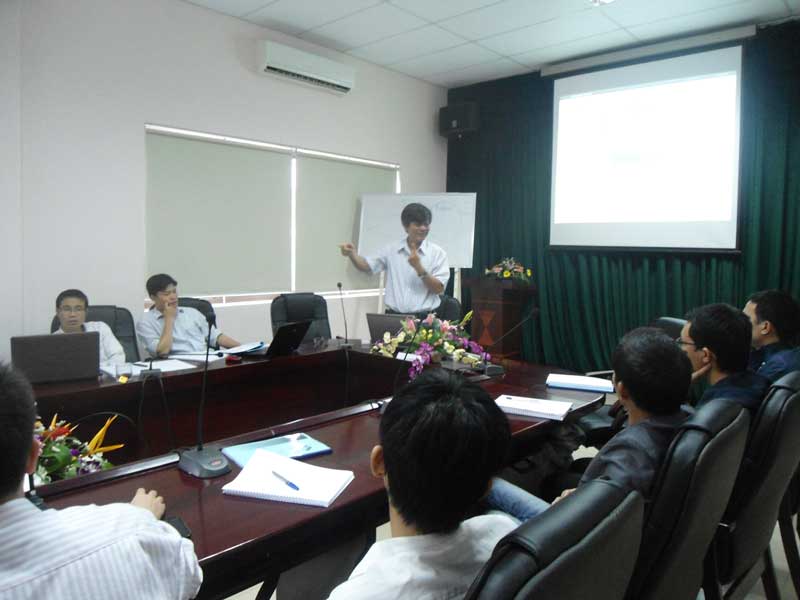In order to promote and enhance the work of ensuring the safety and security of radioactive sources, the International Atomic Energy Agency (IAEA) in collaboration with the Federal Authority for Nuclear Regulation (FANR) of the United Arab Emirates (UAE) organized the International Conference on Safety and Security of Radioactive Sources from 27 to 31 October […]

In order to promote and enhance the work of ensuring the safety and security of radioactive sources, the International Atomic Energy Agency (IAEA) in collaboration with the Federal Authority for Nuclear Regulation (FANR) of the United Arab Emirates (UAE) organized the International Conference on Safety and Security of Radioactive Sources from 27 to 31 October 2013 in Abu Dhabi, UAE
In addition to the IAEA and FANR, there are 4 other agencies participating in the co-organization of the Conference, namely: International Criminal Police Organization (INTERPOL); International Commission on Radiological Protection (ICRP); International Society for the Production and Supply of Radioactive Sources (ISSPA) and International Institute for Nuclear Security (WINS).
The Conference was attended by 392 delegates from countries and international organizations. Mr. D Flory – Deputy Director General of the International Atomic Energy Agency, concurrently Director of the Department of Nuclear Safety and Security of the IAEA and Mr. H. Alkaabi – Ambassador, Plenipotentiary Representative of the United Arab Emirates to the IAEA and Chairman of the Conference attended and delivered opening remarks at the Conference.
This conference aims to review 10 years of safety and security activities for radioactive sources and to exchange, discuss, draw lessons learned, provide recommendations, directions and solutions to ensure safety and security for radioactive sources worldwide.
The conference focuses on the following 9 main topics:
1- Progress in implementation, new challenges in safety and security of radioactive sources.
2- Ten years of implementing safety regulations: Achievements, challenges and lessons learned.
3- Approaches to improving the safety and security of radioactive sources in the light of useful innovations.
4- Best practices for controlling the movement of radioactive sources worldwide, including export and import controls and the return of spent radioactive sources.
5- Global industry practices and trends related to the design, use, recycling, disposal of radioactive sources and the development of new technologies, combined with the challenges of safety and security of radioactive sources.
6- Managing the long-term safety, security and financial aspects of the disposal of radioactive sources, including disused radioactive sources.
7- Managing emergencies and events related to the safety and security of radioactive sources.
8- Integration of safety and security for effective control, radiation protection in various equipment and activities.
9- Strategy, use of information technology, communication with the public on issues related to safety, security of radioactive sources.
Each topic of the Conference is presented by experienced experts in the industry, then the Conference proceeds to discuss, ask questions, answer and present comments, suggestions, recommendations.
The National Report of Vietnam with the title: “Management of Radioactive Sources in the field of Industrial Radiography and Well-Logging in Vietnam” prepared by Mr. Vu Dang Ninh – Deputy Head of the Office of the Vietnam Association of Non-destructive Testing, the only delegate of Vietnam attending this Conference, was published by the Organizing Committee under the symbol IAEA – CN 204/148 and posted at the Exhibition Room of the Conference in the form of a Poster which will then be posted on the website of the International Atomic Energy Agency.
This is a very important International Conference, which only happens once every 10 years. The speakers presenting the introductory reports at the Conference are all highly qualified experts with rich experience in the field of safety and security of radioactive sources. Therefore, the documents of this Conference are very valuable and useful not only for radiation safety managers but also very practical for officers and employees whose activities are related to radioactive sources such as trading, importing and exporting, transporting, storing and using radiation sources.